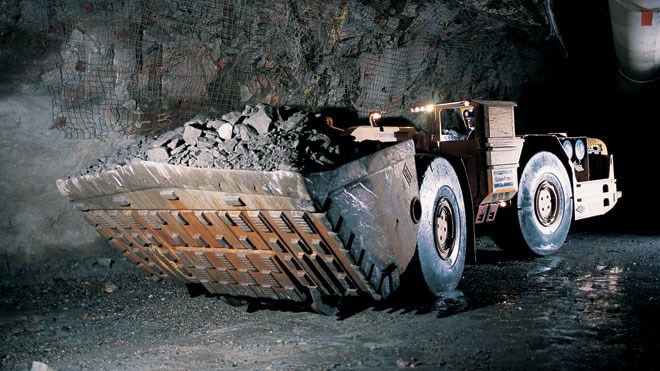Exorbitant hydro rates, a myopic First Nations consultation process and an onerous environmental review system — a familiar trio of regulatory barriers — are hampering the development of new mines in northwestern Ontario, a new report says.
Regulatory barriers have halted the development of nine mines in northwestern Ontario since 2010, say the authors of a new report from the Northern Policy Institute.
Those nine proposed mining projects, which include Noront Resources' Eagle's Nest and Black Thor projects in the Ring of Fire, and Treasury Metals' Goliath Gold project, had the potential to create 23,000 jobs and generate an estimated $135.4 billion in wealth, says the mining industry report.
“As of today, none of them have started production,” said Karl Skogstad, an economics professor at Lakehead University, and one of the report's authors.
Rubicon Minerals Corporation's Phoenix Gold project made the list of nine mining projects, and while it was completed, turned out to be disastrous for the company.
In 2013, Rubicon estimated the deposit contained around 3.3 million ounces of gold, but it turned out to be closer to 413,000 ounces in more recent estimates.
The company suspended underground work on the project in November 2015.
Construction has started on two other projects in the list – Goldcorp's Cochenour/Bruce Channel Mine and New Gold's Rainy River Gold Project – but both have not yet started production.
Skogstad acknowledged a slump in commodity prices has impacted the current economic viability of many of the projects, but added other factors prevented their development when mineral prices were higher.
“What stopped them from developing when times were good?” he asked.
The answer, according to his report, is that high costs – especially for hydro and infrastructure – an onerous environmental review process, and a lack of clarity around Aboriginal consultations have all made it difficult for mines in Ontario to reach production.
Skogstad commended the provincial government's commitment to invest $1 billion to build infrastructure that would connect the remote Ring of Fire mineral deposits to the rest of the province, but said the province has lagged in other areas.
Hydro rates, in particular, are higher in Ontario than in the neighboring province of Manitoba and Quebec.
“Mining is a very energy intensive industry,” Skogstad said. And without competitive hydro rates, it is difficult for Ontario operations to compete with their neighbours to the east and west of the provincial border.
Skogstad said Ontario environmental review process has not only slowed some mines from going into production, but made them unviable. When mines in Ontario compete with mines around the world, there is a big advantage to being the first to market, said Skogstad.
When a mine starts producing before a competitor, he said, it can often sale its minerals at a higher price, before the market is flooded and prices go down.
“The fact we have high environmental standards, I think is limiting the number of mines constructed in the region,” he said. “What do we value more, the construction of mines or protection of the environment?”
As for Aboriginal consultations, Skogstad said many First Nations lack the expertise and experience to properly negotiate with mining companies. The province could supply funds, he said, to help them hire consultants and make the process easier.
A landmark Supreme Court of Canada decision in 2014 has also made the consultation process more complicated, Skogstad said.
In a unanimous decision, the court said Indegenous Canadians own their ancestral lands, unless that ownership was signed away in treaties with the government.
Skogstad said the government needs to provide more clarity as to what those rights entail.
If all levels of government make efforts to remove the barriers outlined in his report, Skogstad said Ontario's mining companies could be more well prepared to go into production when commodity prices innevitably bounce back.
Join Sudbury.com+
- Messages
- Post a Listing
- Your Listings
- Your Profile
- Your Subscriptions
- Your Likes
- Your Business
- Support Local News
- Payment History
Sudbury.com+ members
Already a +member?
Not a +member?
Sign up for a Sudbury.com+ account for instant access to upcoming contests, local offers, auctions and so much more.
